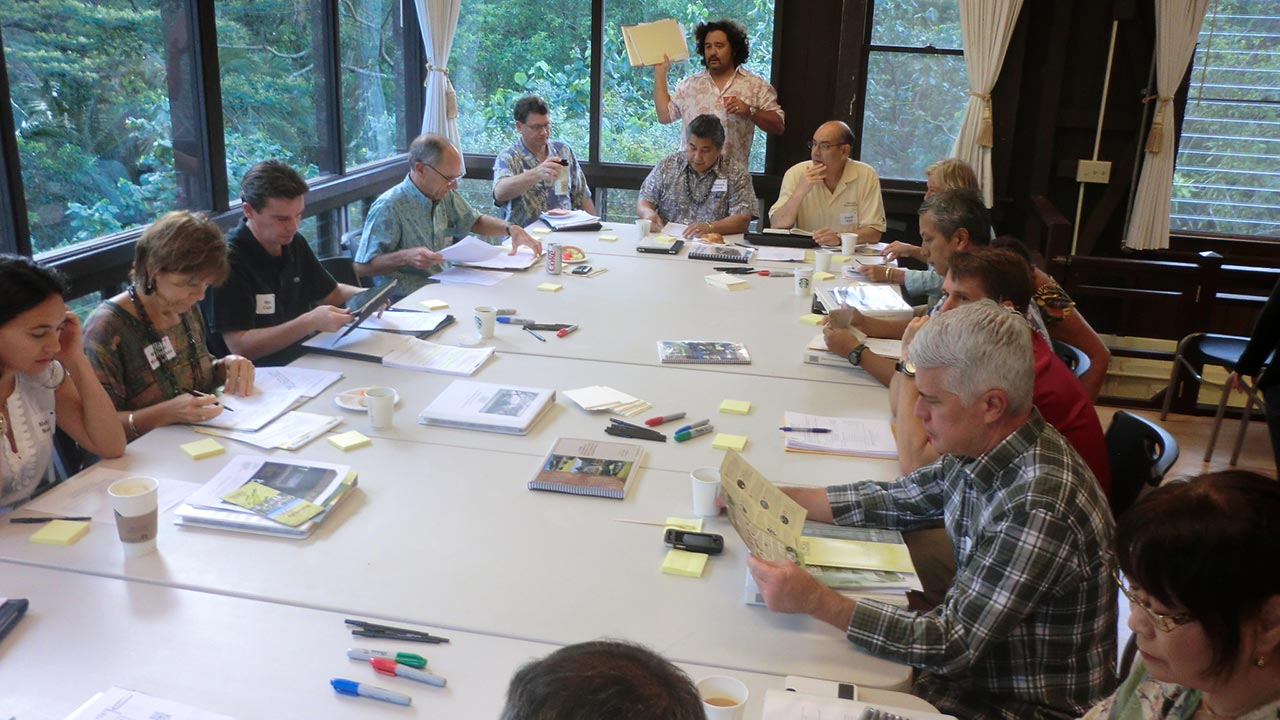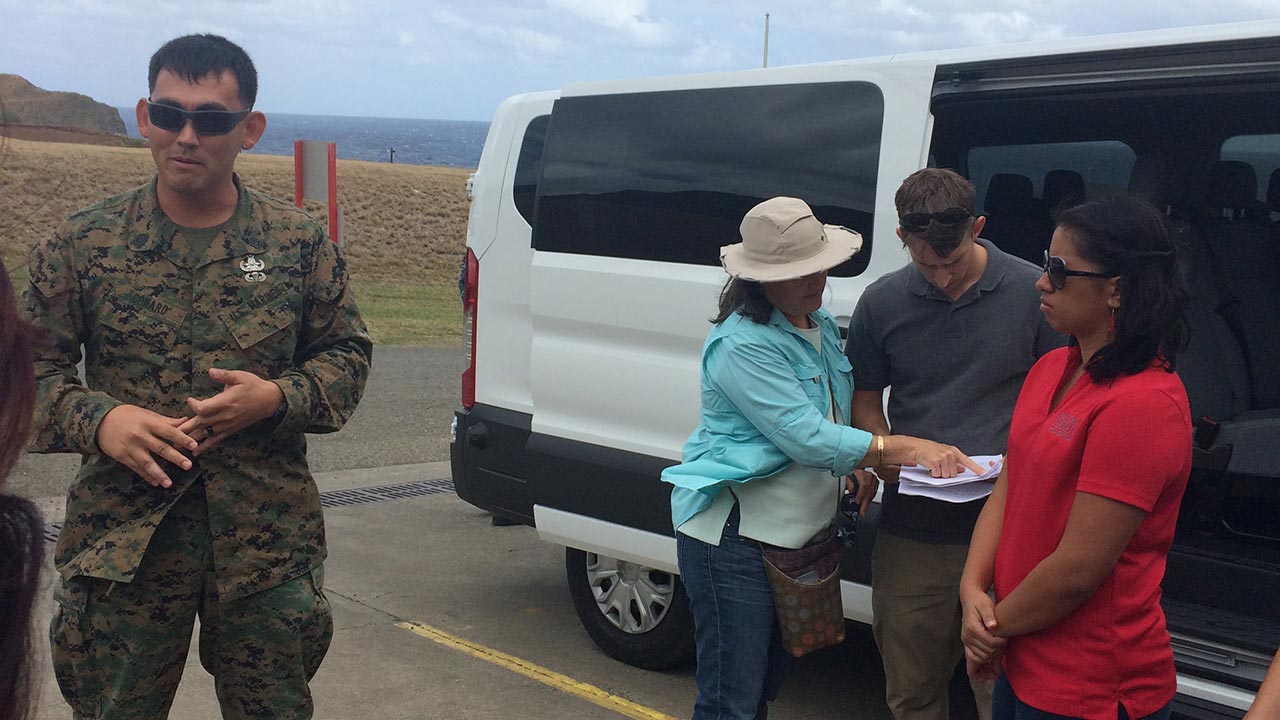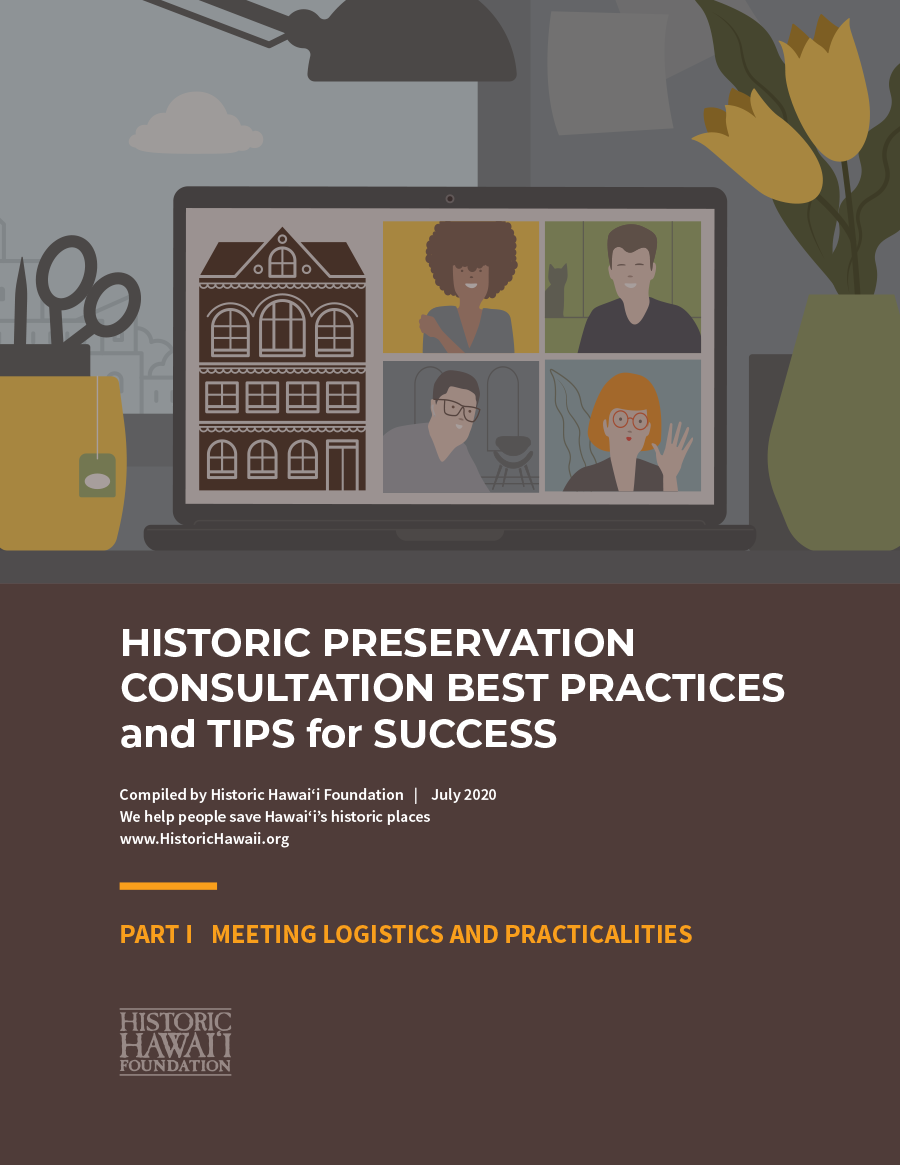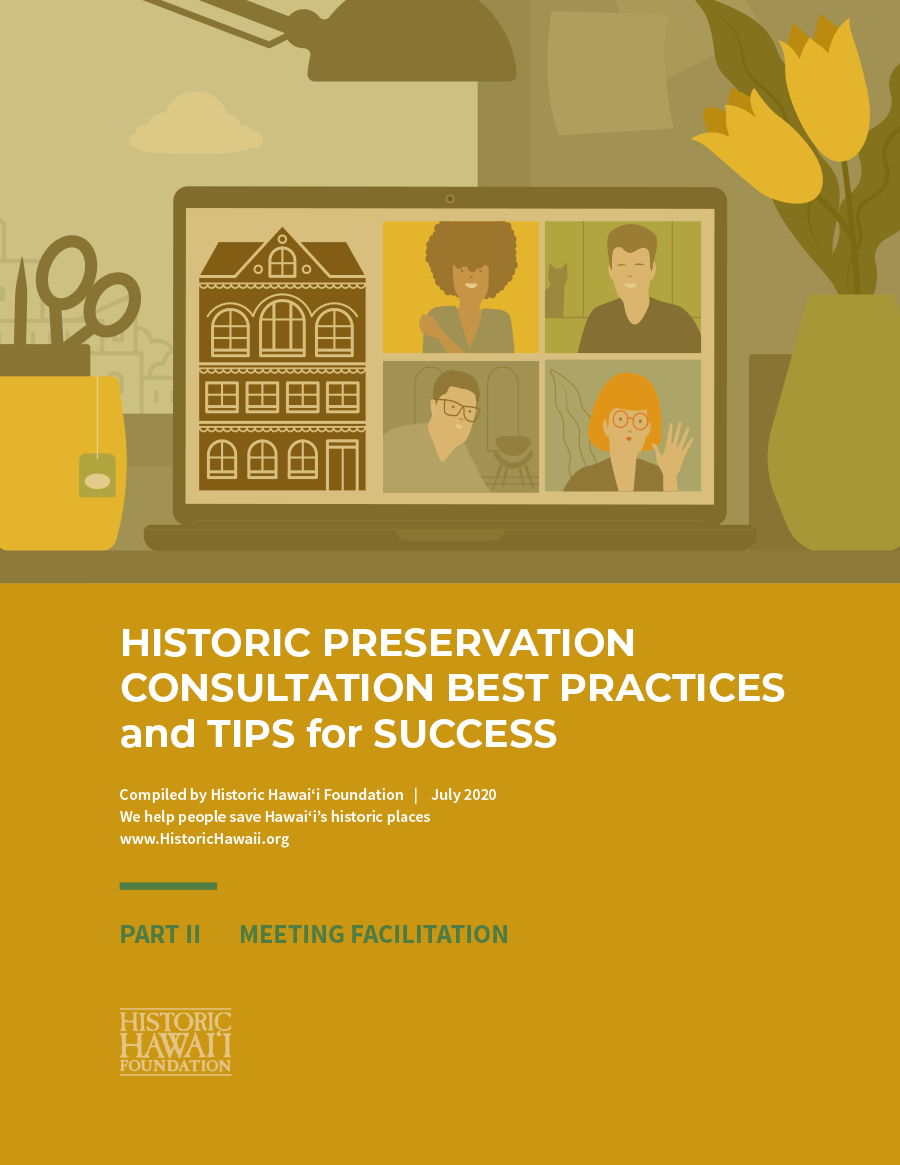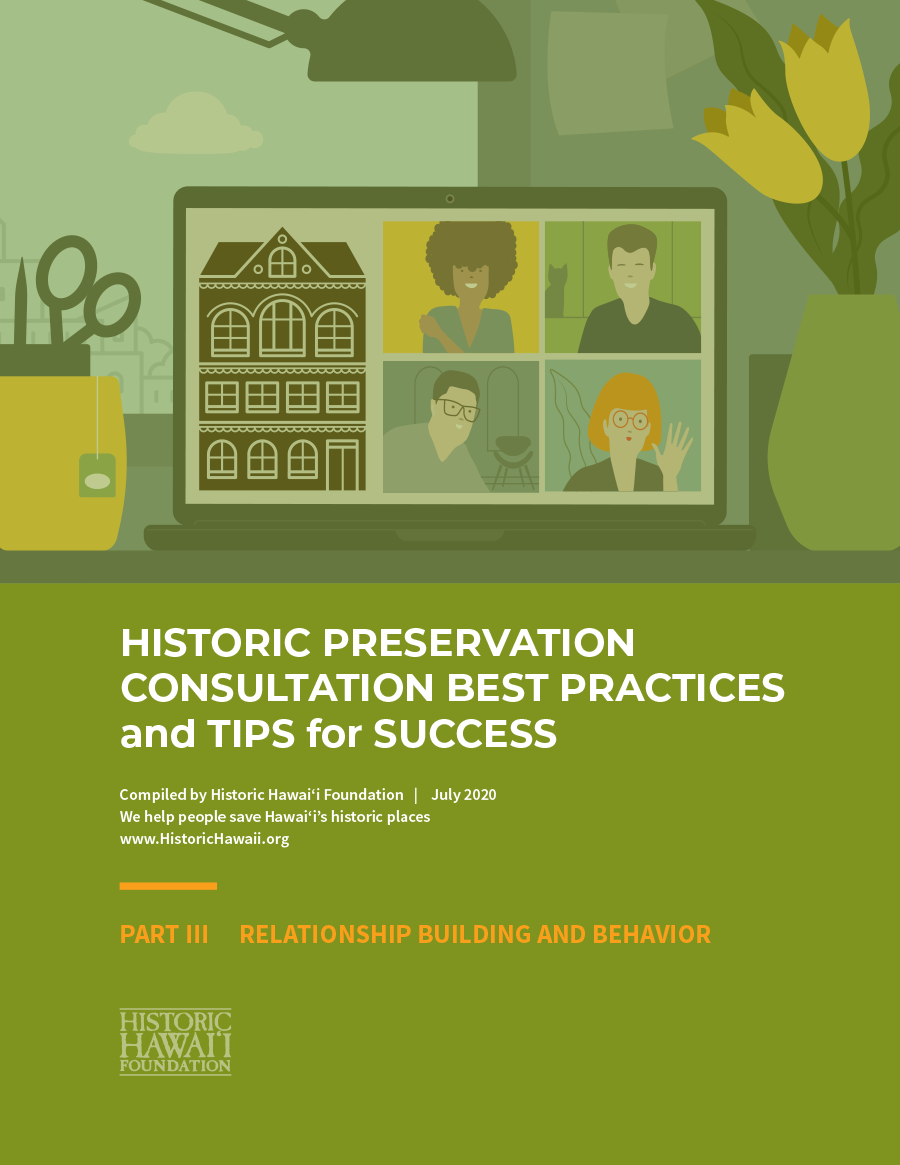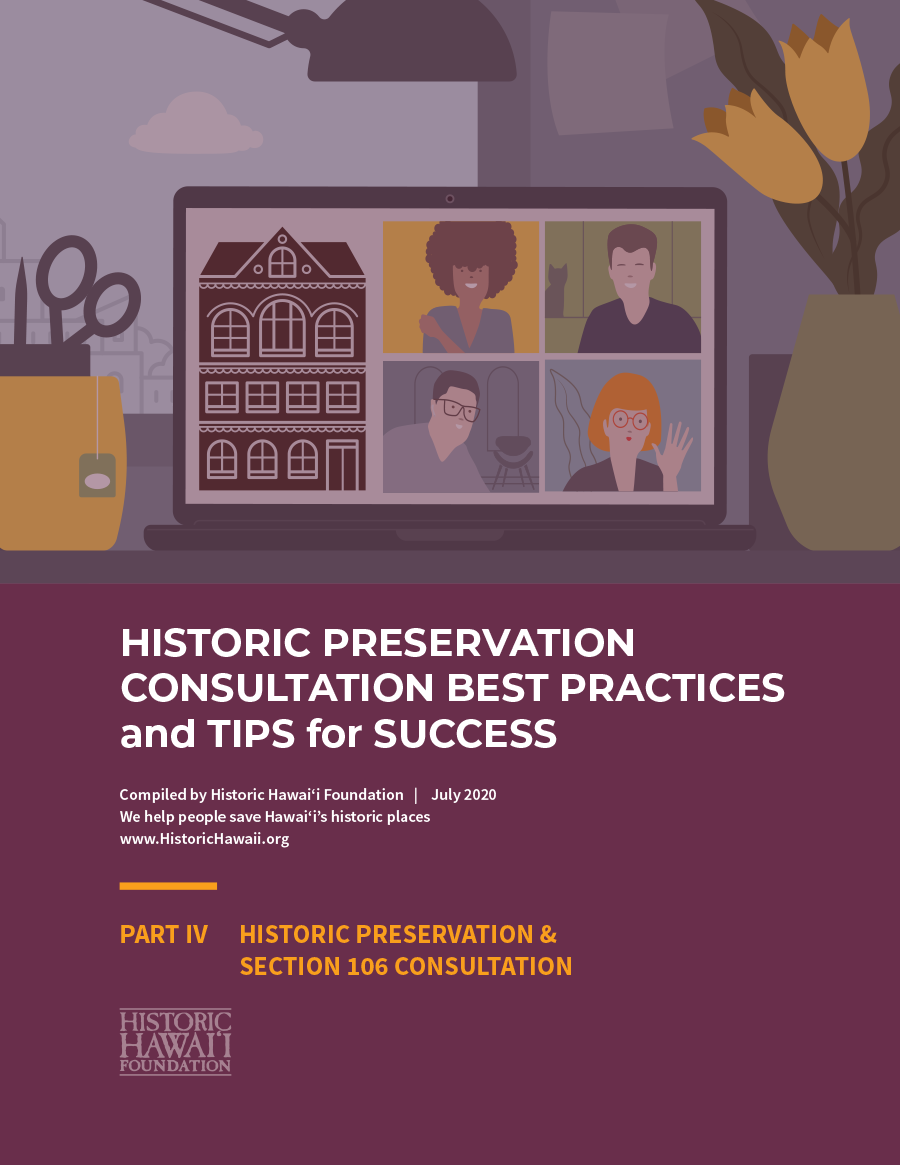
As owners, stewards or development interests consider approaches to historic properties and cultural resources, they have the opportunity and responsibility to support appropriate preservation of these special places.
In many cases, a development or infrastructure project—whether done by a government agency or a private interest—has the potential to impact a historic property, either for good or for ill.
State, federal and local laws and regulations include processes that provide a systematic way to understand and address any potential harm. The process includes several basic steps:
- Define the project or undertaking;
- Define the geographic area of potential effect;
- Determine if historic properties are present;
- Determine if there is an adverse effect to those historic properties;
- Determine how to avoid, minimize or mitigate that adverse effect; and
- Document and execute the agreement.
The method by which these agreements are reached is called Consultation. The requirement for good faith consultation is directed by the federal code of regulations that govern Section 106 of the National Historic Preservation Act:
Consultation means the process of seeking, discussing, and considering the views of other participants, and, where feasible, seeking agreement with them regarding matters arising in the Section 106 process.(36 CFR Section 800.16 (f)).
Consultation constitutes more than simply notifying preservation groups, Native Hawaiian organizations and members of the public about a planned undertaking. Consultation is a process of communication that may include written correspondence, meetings, telephone conferences, site visits, and e-mails. The substance of the consultation covers the issues governed by the statute and regulations, but the process will be tailored to the scope of the project, the types of resources, the degree of effect, and the appropriateness of resolution.
Historic Hawai‘i Foundation has compiled tips and best practices for various components that together create a climate in which effective consultation can occur.
The four sections address:
- Meeting Logistics and Practicalities
- Meeting Facilitation
- Relationship Building and Behavior
- Historic Preservation and Section 106 Consultation
The summaries were compiled from a variety of sources. For a deeper exploration of any topic, we recommend seeing the reference documents, which are cited in the footnotes.
At the time we brought together these resources, Hawai‘i was in a “safer at home” status due to the coronavirus pandemic and the governor’s emergency orders to safeguard public health. The restrictions on in-person meetings, site visits and group gatherings lead us to include substantial sections on virtual meetings, video and teleconferences. Although we look forward to a future when we can resume personal interactions, we know that these virtual meetings are also helpful when communities are distant and travel is difficult.
We hope the people, organizations and agencies who engage in historic preservation consultation find this helpful and that these practices help people save Hawaii’s historic places.


